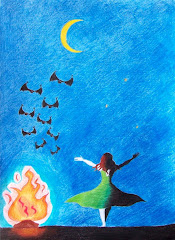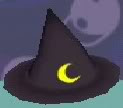
Walking in the woods in Spring last year, my eyes came upon what I thought was trash in tree branches. I wondered how so much plastic could have been caught 10 feet up a small tree - I wasn't sure the water levels in the river got that high even during a Nor'easter flood.
At the time, I was walking with Kylie and didn't have my camera. I went back later in the day and snapped these pictures. And then had to cruise the internet looking for more information on the Wood Thrush.
John Greenleaf Whittier wrote about this bird:
I'd say that description fits quite well.
At the time, I was walking with Kylie and didn't have my camera. I went back later in the day and snapped these pictures. And then had to cruise the internet looking for more information on the Wood Thrush.
The Wood Thrush is a close relative of the American Robin. In addition to bearing a family resemblance in their plump body shape and mannerisms, the robin and the Wood Thrush are alike in that they both use mud in building their nests. The mud is used to form a deep cup, which robins line with grasses and Wood Thrushes with fine rootlets. Unlike robins, Wood Thrushes always use dead leaves as a base for the nest. Often they will also incorporate strips of white paper, cloth, plastic, or other human trash into the base. Although it might seem as if the white, "unnatural" components would make the nest more conspicuous and thus more vulnerable to predation, it may actually have the opposite effect. By breaking up the outline of the nest, the white items may make the nest less noticeable.You can hear its wonderful song here.
John Greenleaf Whittier wrote about this bird:
And where the shadows deepest fell
The Wood Thrush rang his silver bell.
The Wood Thrush rang his silver bell.
I'd say that description fits quite well.















No comments:
Post a Comment